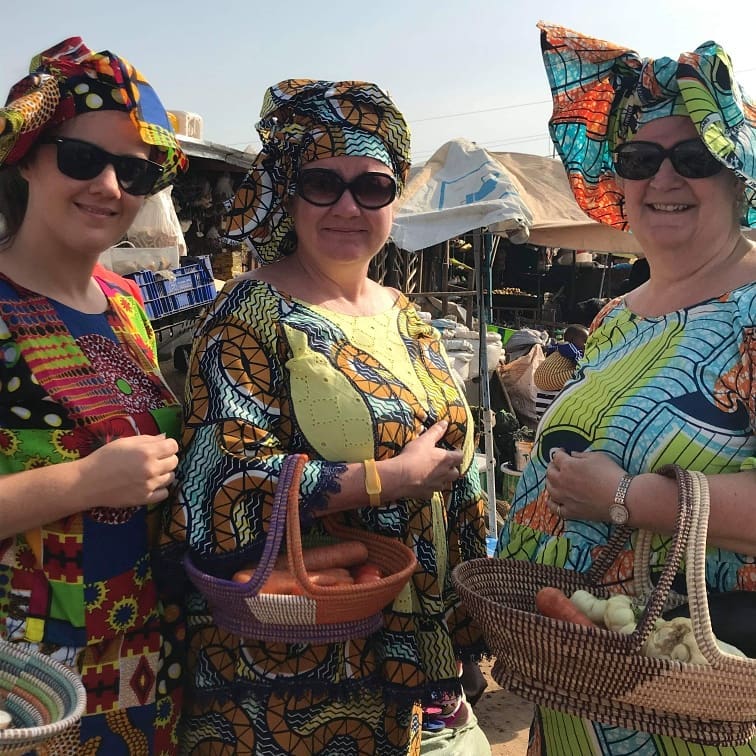
Of wealth to Gambia apart from natural resources is culture emanating from the varying ethnic groups compositions in the country.
Of significance of this is the existence of tranquility, core of which is harmony –key driver of war unlike in other countries.
Culture stems from ethnicity of which there are over seven in The Gambia namely Mandinka, Wollof, Serahules, Bambara, Jolas, Manjako, Bai Nunkas.

The Mandinkas are the dominant tribe of the country followed by the Wollofs, Fulas, Jolas and Manjakos with Aku (Creoles) also making up some of the percentage.
Other countries with more than one tribes find it herculean to co-exist with tribes either outdoing each other hence gateway to violence and bloodshed.
Uganda, Kenya and Congo war-torn nations were ravaged by ethnic cleansing. However, this is exact opposite in Gambia leading countries like Liberia to at one point dispatch emissaries to study how the Smiling Coast with very many tribes exist without wars.
Key in this has been cross marriages between tribes and acculturation –call its fusion of tribes, a thing further strengthened by religious tolerance.
Due to this a new breed of mix is produced. An example is a Mandinka being married to a Fula. The offspring would rarely take an aim at deriding or hurling invective at other tribes considering their parents emanate from two breeds of ethnic group.
A further break down of this is these kids maturing and going onto marry another different tribe. Slowly, tribalism is effaced for good.
Back to the topic of culture, a cardinal in tourism, the Kankurang, a masquerade of symbol associated with the Mandinka tribe is famous across the country.
Made out of coconut bark laced with leaves plucked off trees or rice-bag printed with excess red paint, the Kankurang is a chronicled masquerade. Wearer of the masquerade showcases two cutlasses. It displays often during the rainy season. It remains a major tourist attraction centre for culture thrill-seeking tourists or researchers digging out facts about the country’s culture and way of life.
The Zimba, another masquerade, is associated with the wollof, an ethnic group found around the Senegambia region. It’s adorned with rags of various colorful combinations with mud styled to suit taste of the wearer . It performs at area outings or out-door meetings much like the Kumpo linked to the Jolas.
Gambians are generally outgoing but reserved to some extent with men often found patched under shades of mango trees brewing attaya (green-tea) wailing away time.
The women amongst them venture into horticulture and selling at the market while the able-men take farming as a route to livelihood but there’s a shift of paradigm in this with most men and women of young ages now preferring moving to the slowly becoming congested metropolitan areas doing office works or anything that comes in handy.
Gambia is a country blessed with culture with famed historical sites. The continuous flourishing of tourism is wired, to some extent, to these historical places of significance.
Harping on the inner behaviours of natives, Gambians share virtually everything there is sharable. Food is often eaten in bowls shared by about five or seven people eating collectively. This way of life according to some is sign of affection.





